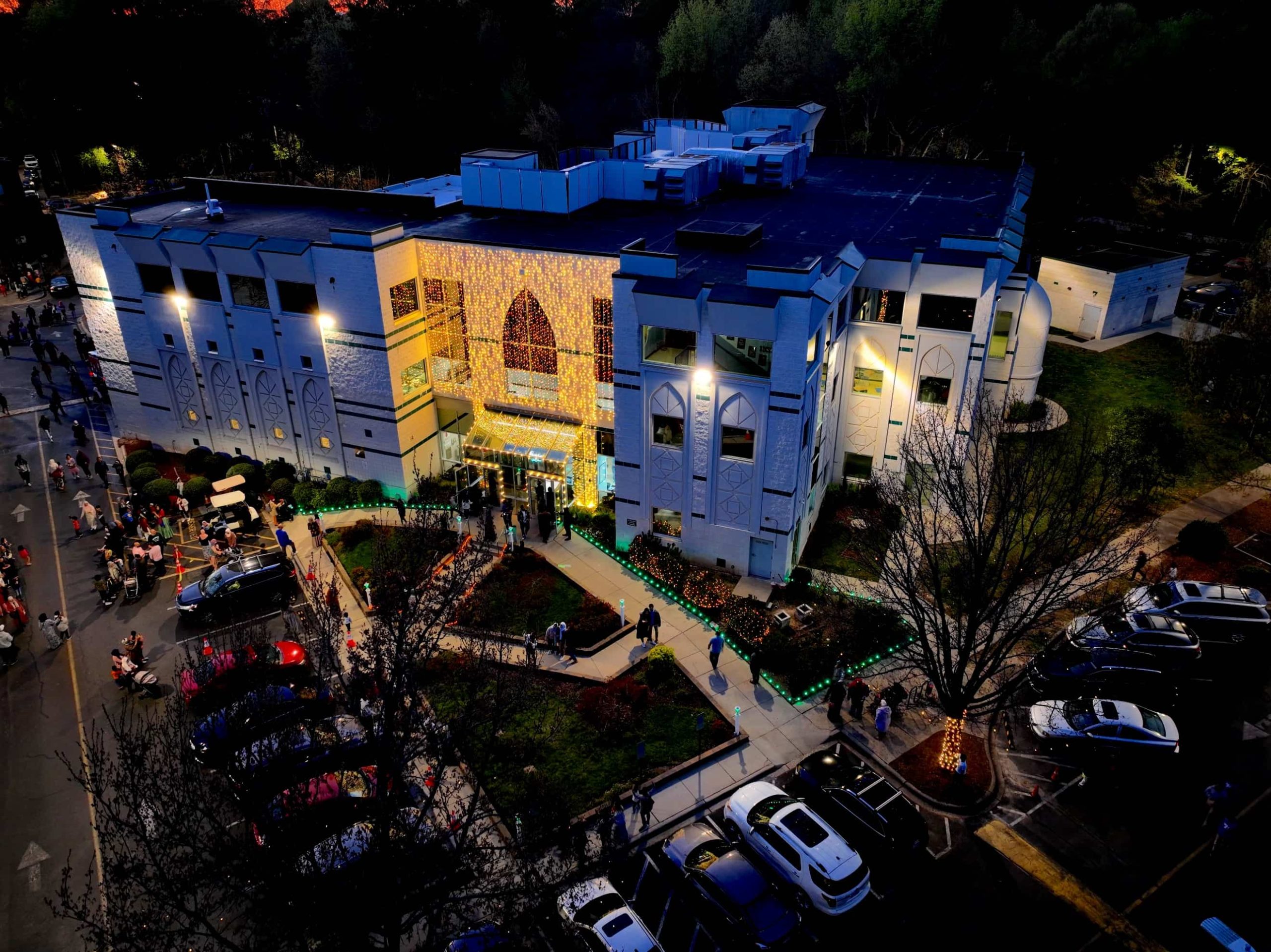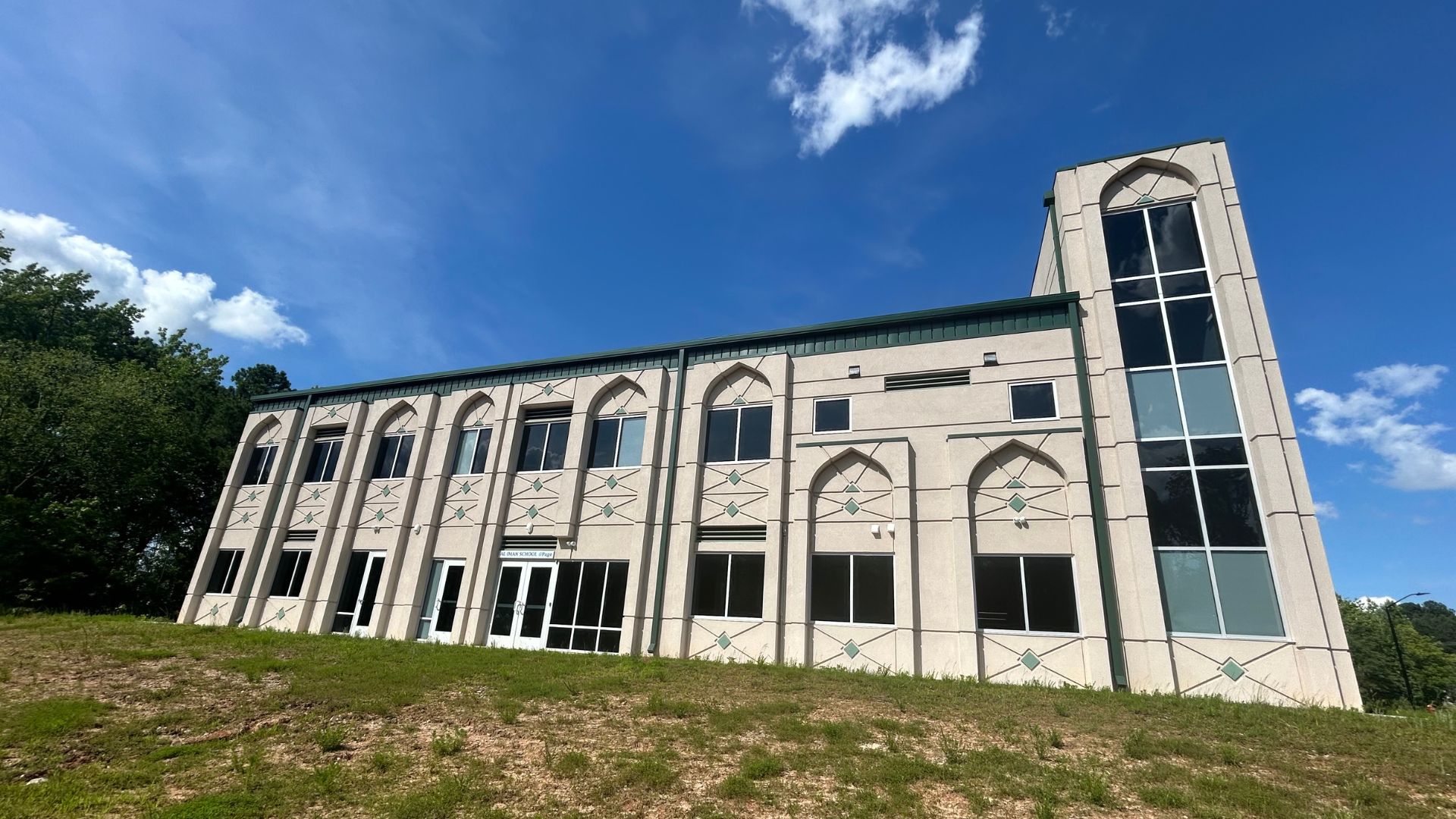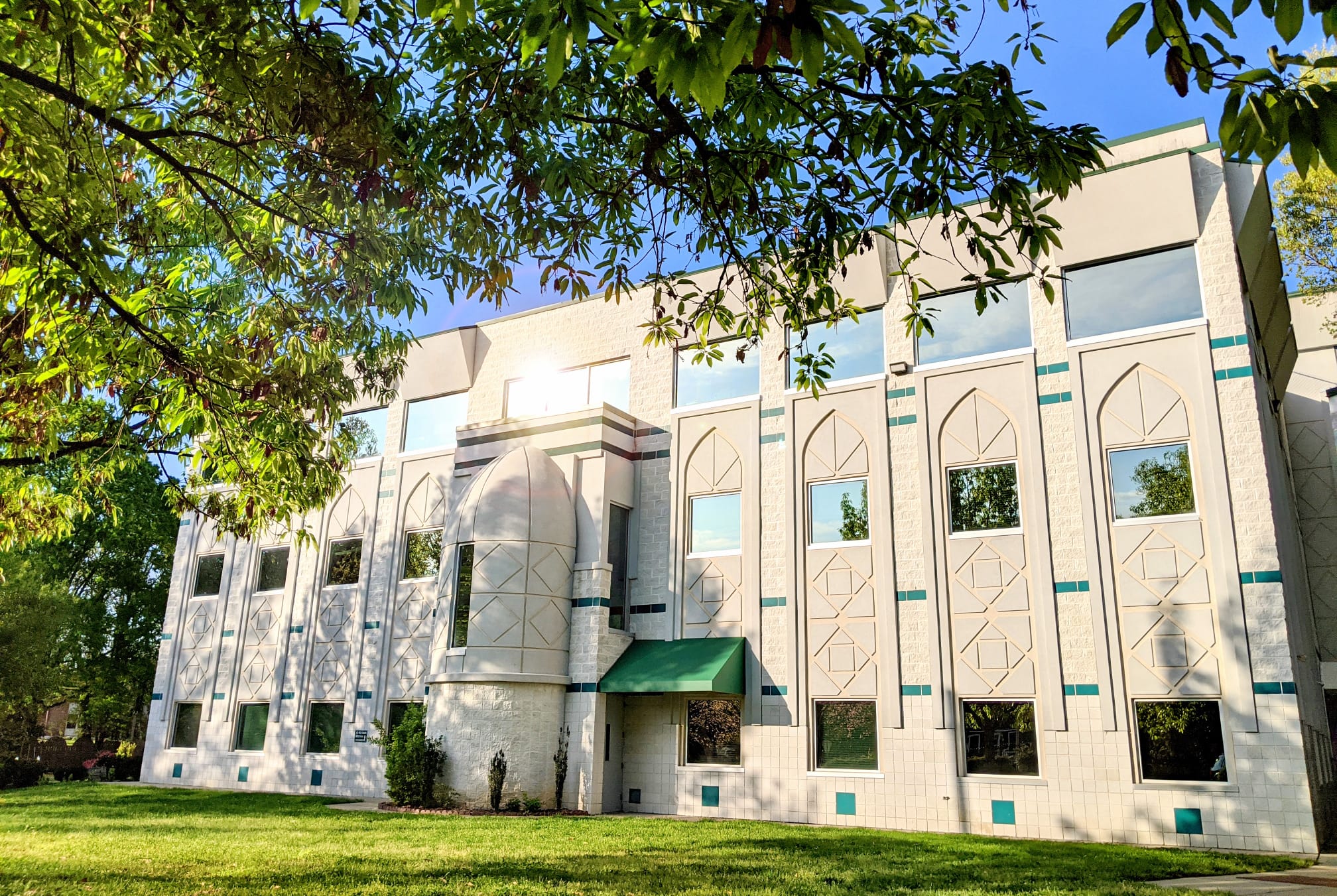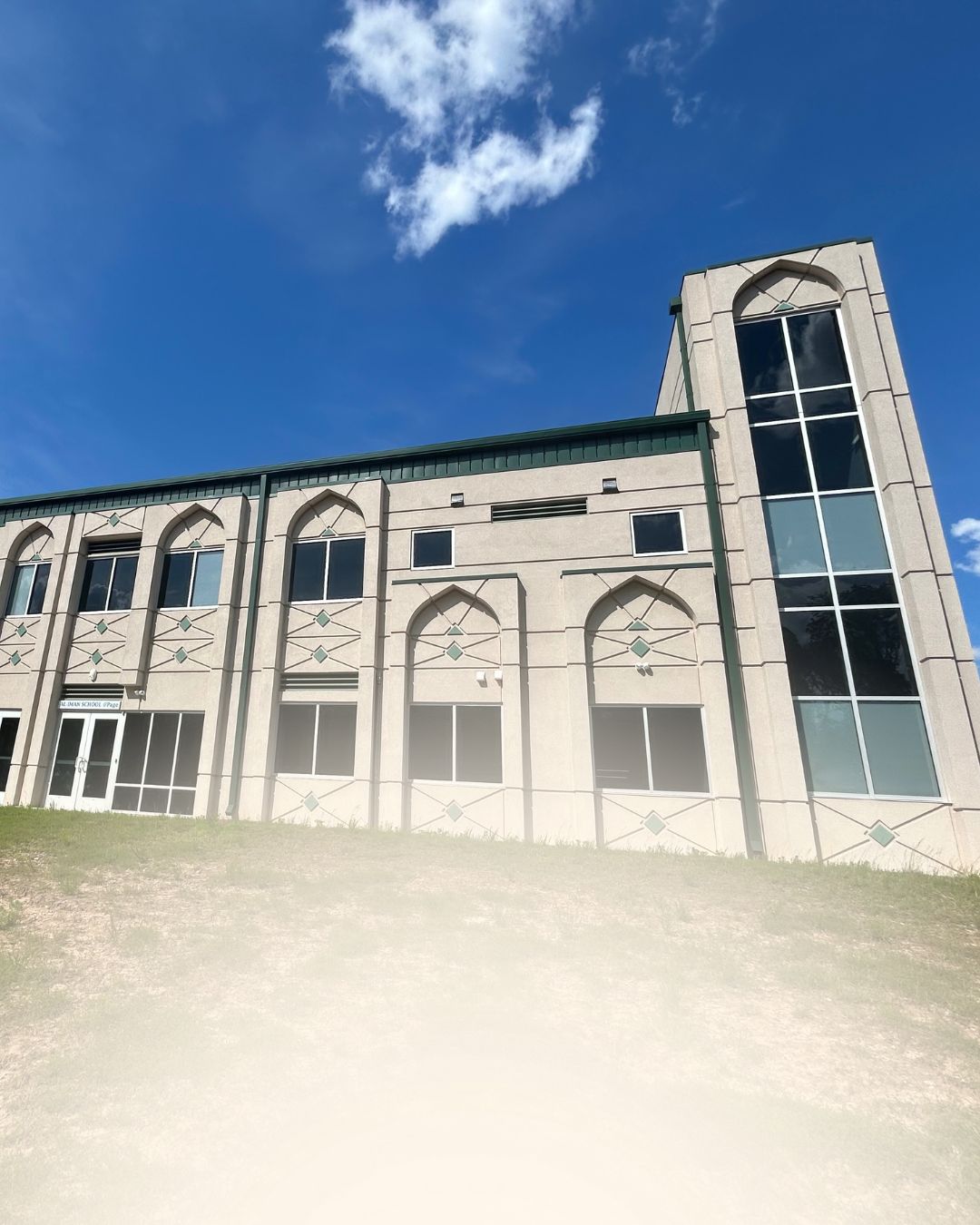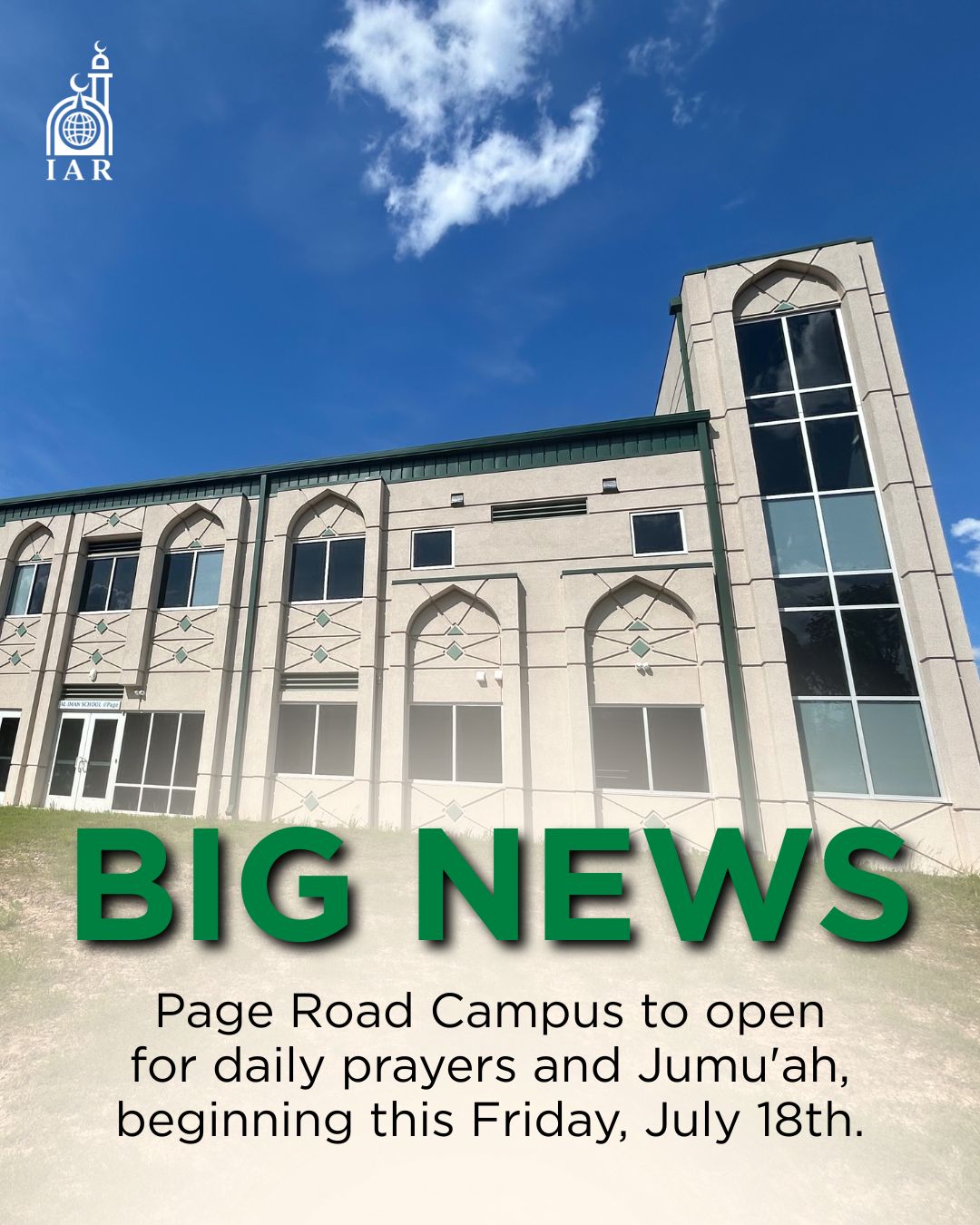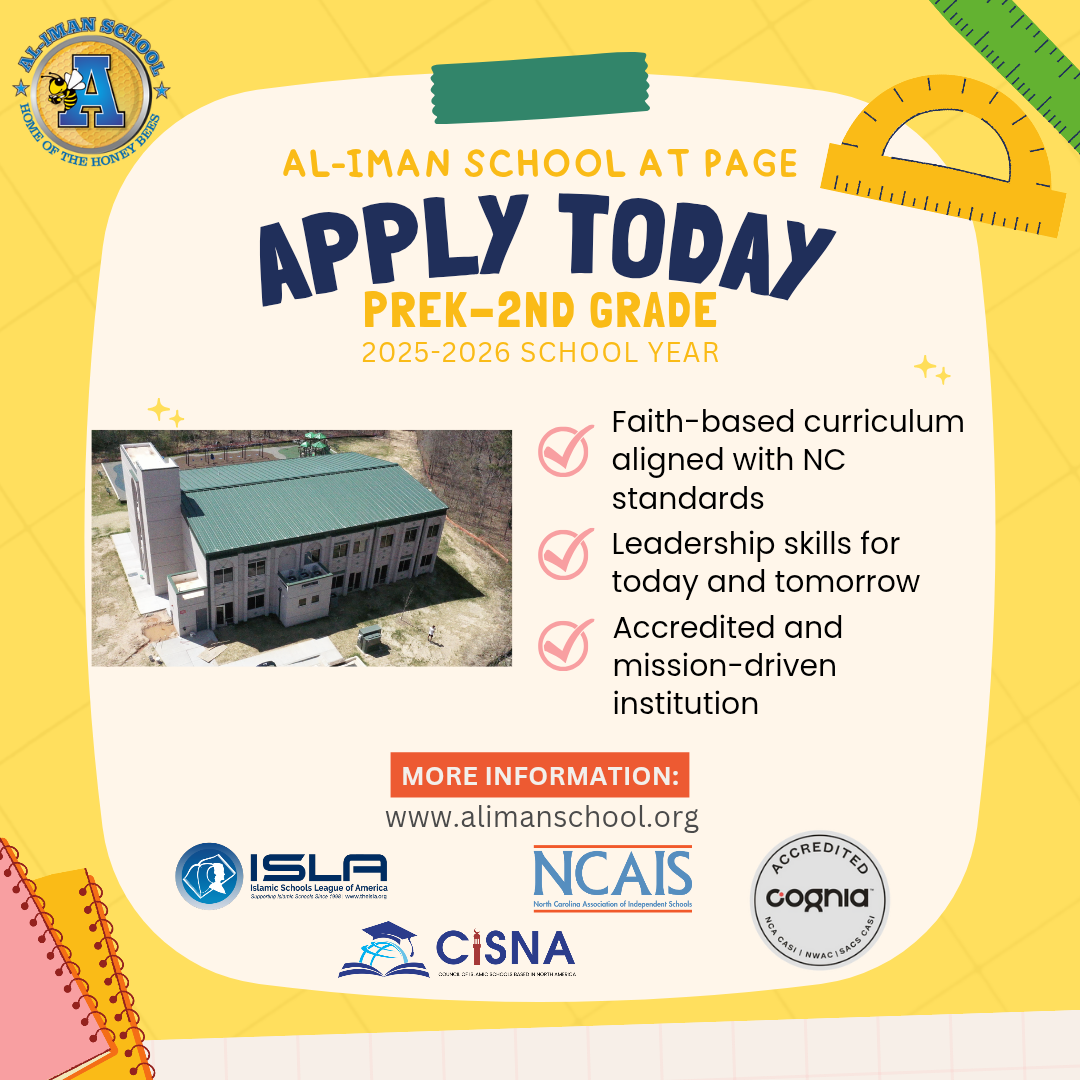Introduction
In January 2018, the IAR shura initiated a request to formulate a 5-10-year strategic plan for the center. Shortly after, a team of Shura members along with advisors and communityexperts was formed to tackle this arduous task. The team met regularly between February 2018 and February 2019. The team sought input from key stakeholders including the IAR CEO, the Shura, the board, committee chairs, the office of the Imam’s and volunteers. Additionally,the committee devised and administered a survey to communitymembers seeking their valuable input. The survey was available in paper format, online, via mobile app andsocial media. Externally, the committee sought advice from key strategic planning experts including ISNA, ICNA and educational institutions. The report below summarizes our findings and recommendations necessary for the IAR to move closer to attaining its stated mission and vision.
Frequently Asked Questions
A strategic plan is like a road map. It identifies the organizations shared vision for a better future. It also guides the work of the CEO, Shura, administration, staff and volunteers by giving them direction on how to get to the destination.
It is an act of self-determination. It is a plan for the future that reflects the needs of the community and the vision of what the IAR can be. A strategic plan helps to remind us what we want to achieve. It helps us to coordinate the work of many different people and make our efforts more effective. It reminds us that as we continue our work, we need to stay true to our mission and vision. A strategic plan helps us to be more accountable and transparent to the community by prioritizing their requests and needs.
This strategic plan has been developed by the Strategic planning Ad-hoc Committee at the request of the IAR Shura. While the look and content of the plan is focused on the needs of the IAR, some of the elements can be found in all strategic plans, such as: Mission, Vision, Values, Environmental Scan, Strategic Priorities, Activities and Performance Indicators.
The six steps of developing a strategic plan are as follows:
- Contemplating the organizations vision
- Writing a mission statement
- Evaluate the organizations current standings
- Listing factors necessary for success
- Developing a strategy for accomplishing each success factor
- Prioritizing the strategies according to viability and growth goals
While the mission, vision and values of the organization can be modified, they are intended to be the communities long term road map. This makes the strategic plan durable and focused on achieving a shared vision for the future.
The priorities are developed and approved by the CEO and Shura every 5 years. This keeps the strategic plan flexible and responsive to changes in the community and allows the IAR to build on its successes. Committee chairs and staff also develop annual goals and work plans based on the priorities. These goals and work plans are approved by CEO and Shura through the budgeting process.
The CEO and Shura use the strategic plan to make decisions and to increase accountability. When tough decisions need to be made, leaders can turn to the strategic plan and ask “Is this decision consistent with the priorities, needs and values identified by the community?” As a result, elected leaders are respecting the will of the community members they are intended to represent. Additionally, CEO and Shura can use the strategic plan to monitor the performance of the IAR’s staff, committee chairs, and volunteers. The CEO and Shura can ask themselves “Is the organization achieving what we have set out to achieve?” If not, why not?
Finally, CEO and Shura can use the strategic plan to be accountable to the community. The CEO and Shura can present what they have achieved in relation to the priorities set out in the strategic plan.
Staff and committee chairs use the strategic plan to develop their annual goals and budgets and in formulating evaluations. Staff and committee chairs can ask themselves “How can I use my resources to achieve the priorities and activities in the strategic plan?” They can also ask themselves “If this activity is not in line with the IAR’s mission and vision, then why am I doing it?”
Community members use the strategic plan to hold the CEO and Shura accountable. Is the Shura achieving the priorities they set out for themselves? They also use it to recognize successes and accomplishment and to celebrate the progress towards a better future.
Strategic Planning Process
This strategic plan represents a five to ten year planning cycle for the IAR and builds upon its previous strategic plan. The key elements of the strategic planning process are outlined in Figure 1 below.
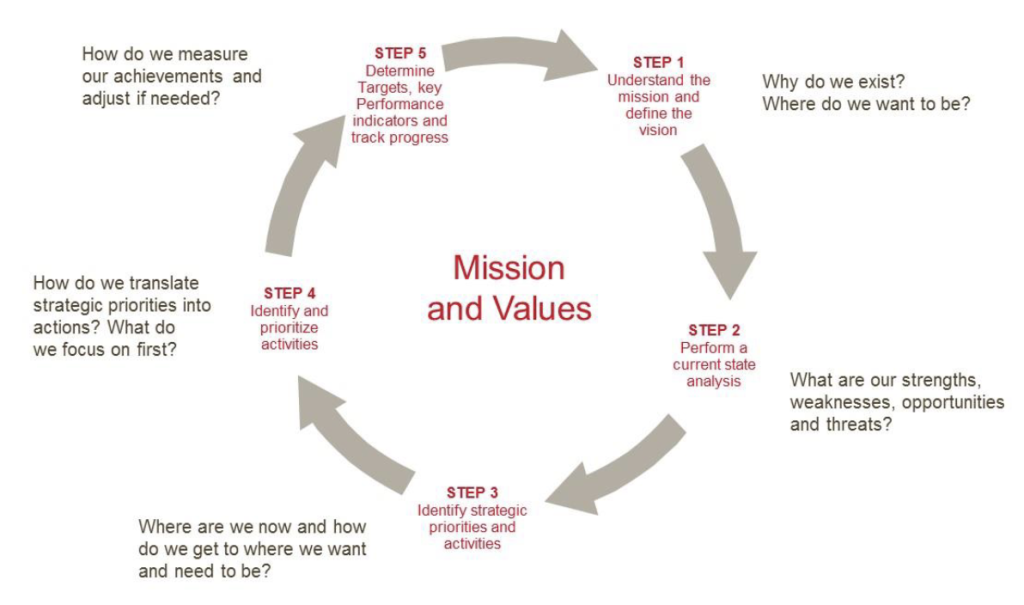
What follows in this document is a strategic plan for the IAR that includes the following sections:
- Step 1: IAR’s Mission, Vision and core Values;
- Step 2: Current State Analysis;
- Step 3: Strategic Priorities and Activities;
- Step 4: Prioritization of Activities; and
- Step 5: Determination of Key Performance Indicators.
- Handoff: Strategic plan implementation suggestions
Mission, Vision, Core Values and Focus Areas
The strategic planning process reaffirms the mission and vision of the organization, the strategic priorities to accomplish the vision, and reconfirms the core values to maintain as the Islamic Association of Raleigh works towards meeting the priorities.
Mission statement
This sets out why the IAR exists, its purpose and who it is doing it for.
To support, develop and empower people to understand and live Islam with utmost clarity, thereby becoming positive contributors to society.
Vision Statement
This is the IAR’s ideal state, where it wants to be in the future.
To be a leading organization, welcoming to all, and to serve as a hub for spiritual growth.
Core Values
Core Values are the fundamental beliefs that dictate an organizations behavior.
| Invitation | Sincerity | Service | Learning | Legacy |
Focus Areas
Focus areas serve as the pillars for which the strategic plan is built upon. Improvement in these area’s will lead us closer to our stated vision.
| Religious Initiatives | Education Initiatives | Financial Initiatives |
| Community Initiatives | Outreach Initiatives | Administrative Initiatives |
Summary and Analysis of previous 5 year plan:
The IAR last took on the endeavor of as strategic plan in 2009. As a result of that plan, several new initiatives and subsequent outcomes emerged.
Activities that had significant progress and/or were completed, are not carried forward into the current strategic plan. Activities that were not completed in the last planning horizon have been appended into the current strategic plan.
- Establish a triangle area Imams’ council
- Continue to look for future expansion possibilities
- Establish a Quran memorization school
- Develop a fundraising team
- Pre-marital and ongoing marital counseling
- Counseling for new parents
- Increased opportunities to volunteer
- Increased the availability of member resources
Mission, Vision, Core Values and Focus Areas
A current state analysis was performed to review factors that impacts the IAR – either positively or negatively. It is an exercise that considers all assets and opportunities for the IAR. It also identifies gaps or vulnerabilities that could impede the IAR’s success. An environmental scan is always limited – we can never know everything or predict the future. However, it is also a useful tool to consider the operating environment that can affect the success of the IAR’s efforts. Figure 3 below outlines the Current State Analysis process.
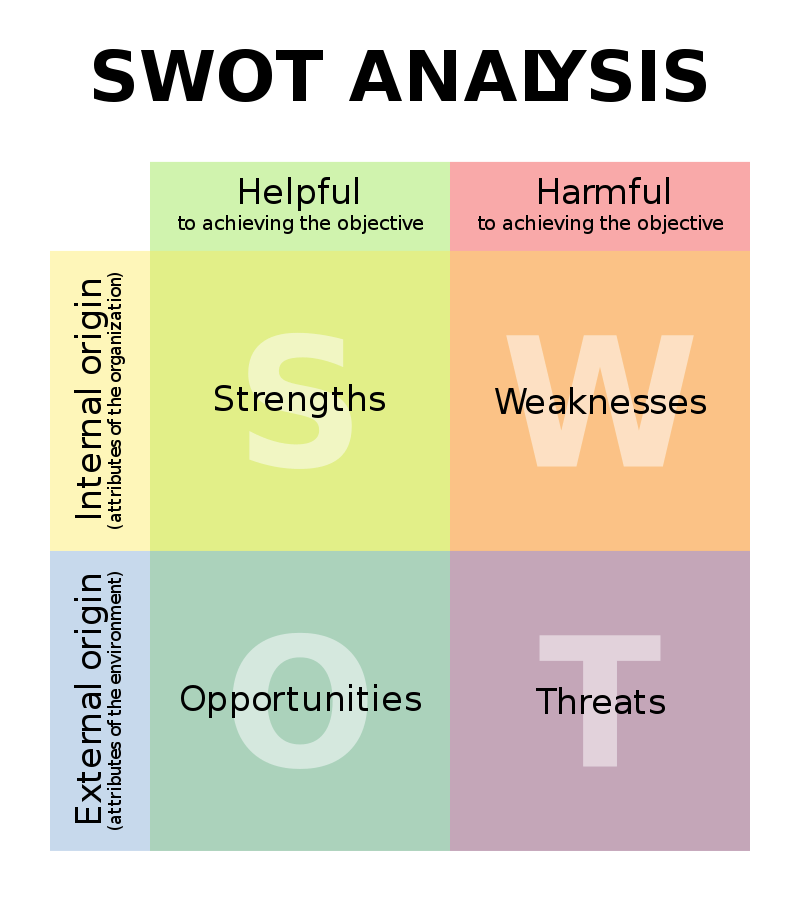
What follows is a summary of feedback on the IAR’s strengths, weaknesses, opportunities and threats that have been identified by community members, the IAR key stakeholders and the Strategic Planning Committtee.
The IAR is blessed with many strengths and natural endowments. It is important to recognize and acknowledge these blessings of Allah upon our community and celebrate the strength of the IAR. These include:
- A growing, vibrant and diverse Muslim community
- A very generous donor base
- Highly skilled and intellectual Imams’
- A large and dedicated base of volunteers
- An established position as the leading Muslim organization in the area
- Strong leadership
- Active outreach committee despite limited man power and lack of adequate resources
- Land upon which to grow and build
- Highly skilled community members capable of providing pro-bono consultation
The IAR also has key areas where improvement is needed. Weaknesses can be changed – they are not fixed qualities. Weaknesses identified by the strategic planning committee include:
- Lack of communication between the Shura, administration and the community
- Lack of interdepartmental cooperation/coordination within the organization
- Limited funding
- Image of waste and inefficiency among some community members
- Lack of interest and engagement with the youth
- Antiquated methods and systems
- Areas of internal inefficiency
- Lack of programming for certain segments of the community
- Seniors
- Converts
- Women
- Families with children (childcare)
- Segments of the population do not feel “welcome”
- Poor marketing and branding of IAR image
At times, there are changes in the operating environment that can benefit the IAR. It is important to recognize these changes and take advantage of these opportunities. These include:
- Economic development with lands owned by IAR
- Partnerships with neighboring organizations to leverage resources
- External recognition of the IAR’s positive impact on the community
- Internal promotion of IAR’s immense programs and services available to the community.
- Attracting the youth to Islam through internal or external IAR involvement
- Utilizing technology and social media to form a stronger bond with younger community members.
Threats are those things that the IAR has no or little control over. The organization must take purposeful steps to mitigate the negative impact of those threats. These include:
- Recession resulting in lack of donor giving, hence forcing the sale of lands and other assets to support programs or services
- An influx of newcomers that are not accustomed or acclimated to American society.
- Diverging mentality regarding the central role of the masjid (prayer space vs community center) and the role of the imam (traditional vs contemporary)
- Some community members lack understanding of the operational and financial headwind faced by Islamic centers in the U.S.
- Un-mosqued movement and decentralization of the masjid as a prominent role in Islam among youth.
Strategic Priorities and Activities
Based upon the Mission, Vision, Core Values, Previous 10 Year Prior Accomplishments and the Current State Analysis, the Strategic planning committee has determined and defined key Strategic Priorities that will assist the IAR in getting where it wants and needs to be. The section below lists IAR’s Strategic Priorities and Activities.
Empower the office of the Imams’ to reshape programs for future generations
This organizational goal is important because it provided the office of the Imams’ the flexibility and autonomy to develop programs geared towards the generations of Muslims that will improve upon the legacy we have left behind for them at IAR.
Activities necessary to achieve this goal:
- Establish a fee structure format for individual services
- Hire and administrative assistant for the office of the Imams’
- Decrease the communication load of the Imams
- Delegate parts of religious execution under the supervision of the Imam
- Prioritize the office of the Imams’ to focus on education, outreach and leadership development
- Develop a core team of leaders to be the bench depth of this community.
Create a more welcoming environment for our community members
This organizational goal is important because it addresses the needs and concerns of the community via the IAR survey.
Activities necessary to achieve this goal:
- Establish Mandatory training programs for all IAR staff, administrators and volunteers
- Provide community accessible spaces (coffee shop, workspace, lounging area, etc)
- Increase convert, youth, senior and women engagement
- Provide childcare of parents during programming
- Establish pre-marital support programs
- Build a youth center
Improve the overall quality of IAR Education services
This organizational goal is important because our community members seek our services for self-betterment. Education goes beyond pedagogical considerations or scholarly aspirations. By educating our community members, we are helping fulfil our stated mission and empowering community members to become positive contributors to society.
Activities necessary to achieve this goal:
- Build a high school rooted in Muslim values and practice
- Establish personal skills and vocational training using the masjid as a platform
- Establish youth centered programming
- Increase collaboration between the existing IAR Schools
- Apply evidence-based learning methodology across educational programs
Expand outreach services to connect with larger portions of the population
This organizational goal is important as outreach and giving back to the community are cornerstones of Islam. Additionally, expanding outreach services helps to dispel the myth of Islam as introverted faith and allows us to live our mission of positive contributors to society.
Activities necessary to achieve this goal:
- Allocate a full-time staff member, additional volunteers and resources to the outreach committee.
- Increase public school presence in Elementary and Middle Schools
- Establish an “Islamic values and cultural sensitivity” training program
Improve the financial health of the IAR
This organizational goal is important because funding and resources are necessary for us to achieve our mission and vision.
Activities necessary to achieve this goal:
- Generate a portion of IAR’s expenditure through internal revenue streams
- Grow IAR Endowment to 5 Million dollars
- Communicate with IAR donors on a consistent basis
- Hire a director of development
Increase the efficiency of our staff, volunteers and physical spaces
This organizational goal is important because the IAR is heavily dependent on a dedicated team of volunteers and minimal staff. As a very lean organization, efficiency becomes extremely important. We must create the systems necessary for our staff and volunteers to work smarter and be more effective with their limited time. Space is at a premium at the IAR, thus , efficient and thoughtful use of our existing space will yield maximum benefit.
Activities necessary to achieve this goal:
- Create a volunteer committee
- Standardize the format for all programs across the IAR
- Accept electronic payments for all transactions – Staff, volunteers and community members
- Create a marketing and Public Relations department responsible for improving IAR’s branding
- Create partnerships with existing community organizations to leverage resources
- Deploy a collaboration /communication platform for IAR
Determination of Key Performance Indicatorsand Targets
Based on the strategic priority, each organizational goal has activities and key performance indicators that are S.M.A.R.T. – Specific, Measurable, Attainable, Realistic and Timely, making the vision more concrete by defining how success is measured. Performance indicators are used to monitor progress towards strategic priorities, closing the gap between the current state and the future state, as defined by the vision. By measuring progress, they will help track the realization of strategic priorities. Performance indicators should focus on desired outcomes for strategic priorities.
When determining key performance indicators, the following principles were taken into consideration:
- Link to the IAR’s strategic priorities;
- Limit to the select few that measure success;
- Guide desired decisions and behaviors;
- Can be easily understood and measured;
- Are relevant to the specified goal
Goal Types:
Goals were then assigned two variable markers based upon the impact area and McKinsey Horizons of growth
| GOAL TYPE 1: Impact area | Primary goal types define what area of IAR’s are most impacted by this goal. |
| Financial | Goals that directly impact revenue and expenses |
| Process | Enhances, changes or adds to the processes in place throughout the organization. |
| People | Impacts upon the people of the organization, including staff, volunteers and community members. |
| Places | Goals related to our physical places of worship and congregation |
| GOAL TYPE 2: Timeline | Secondary goal type are related to IAR’s immediate, short term and long term projects. |
| Horizon 1 | Impacts current business activities – essentially improving on our current process. |
| Horizon 2 | Involves creating additional value by means of a new method or process not currently in place |
| Horizon 3 | Blue sky thinking – These goals are warranted and justifiable, but size and expense is a major obstacle |
Implementation Suggestions
The strategic planning exercise is beneficial in itself for articulating a shared vision of the IAR’s values, priorities, and activities. If it ends there, however, the IAR will only realize a small fraction of the ̕benefits that might accrue through full implementation of the strategic plan. In order to gain the full benefit of the strategic plan, it must be implemented in a way that helps to guide all actions of the Shura and administration. For example, it must remain integrated in annual planning, decision making, and reporting of the IAR’s Shura. Finally, it must also remain in the minds (and hearts) of the people.
In order to keep track of the progress towards achieving the strategic plan and the IAR’s vision, a process must be put in place and a strategic scorecard must be developed. The Strategic planning committee’s recommendation is for the shura to form a follow up committee tasked with implementation of the strategic plan. A Chairman should be identified for the “Strategic Planning Implementation committee” and the frequency of reporting to the Shura should be specified.
It is possible that certain activities may need to be revisited due to changes in the internal and external environment and reprioritized depending on the results attained each year. The Chair, and members of the Strategic planning team are committed to assisting with the transition from plan to implementation.

